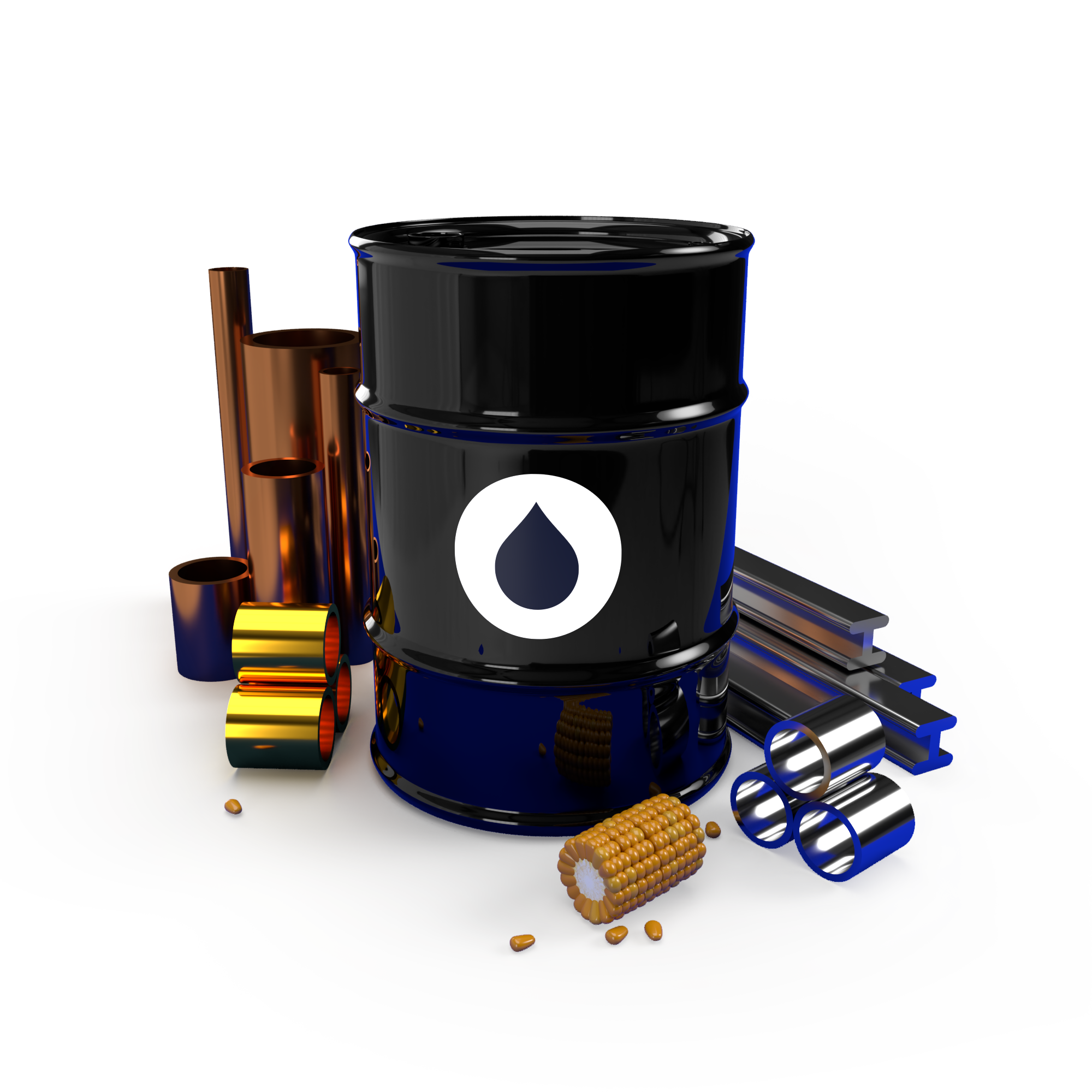If you're a trader looking to diversify your portfolio, commodities could be a great addition. But, buying and selling individual commodities can be expensive and complicated. This is where Commodity ETFs come in. A Commodity ETF is an investment fund that tracks the price of an underlying commodity. In this article, we'll dive deeper into how they work and why they are becoming increasingly popular among traders.
Examples of commodity ETFs?
- SPDR Gold Trust (GLD.US): This is a popular exchange-traded fund that provides traders with exposure to the gold market. It invests in physical gold, making it a unique way to invest in the precious metal. The fund seeks to replicate the performance of the gold market by holding gold bullion or cash that it uses to purchase gold bullion when necessary.
- US Oil Fund (USO.US): This is another popular commodity ETF that provides traders with exposure to the oil market. It invests in a mix of futures contracts and other oil-related instruments to replicate the performance of the price of crude oil. As a result, this ETF is suited for traders who want to invest in the oil market but do not want to invest in physical barrels of oil.
- iShares Silver Trust (SLV.US): It is one of the most popular silver ETFs available to traders. It invests in physical silver bars and aims to track the performance of the silver price. Since its inception in 2006, the fund has grown to become one of the largest silver ETFs.
- Invesco DB Commodity (DBC): It allows traders to gain exposure to a broad range of commodities, including energy, metals, and agriculture. It seeks to replicate the performance of the DBIQ Optimum Yield Diversified Commodity Index. The ETF holds futures contracts and other derivatives to gain exposure to the commodity markets.
How does a commodity ETF work?
A commodity ETF is created when a fund manager pools money from investors and buys physical commodities, futures contracts, or shares of companies involved in commodity production, mining, or exploration. Then, the ETF issues shares that are listed on a stock exchange and can be traded like regular securities. The net asset value (NAV) of an ETF share depends on the market price of the underlying goods or futures, minus the fund's expenses. Whenever you buy or sell an ETF share, the ETF manager may have to purchase or sell physical commodities, or adjust the futures positions, to maintain an optimal exposure.
Why are they important for traders?
- Diversification: One of the key benefits of investing in commodity ETFs is diversification. Diversification allows traders to spread their investment across multiple assets, reducing the risk of losses due to market fluctuations. Commodity ETFs could provide traders with exposure to commodities that have a low correlation to stocks and bonds, making them a great addition to a well-diversified portfolio.
- Easy access: Another benefit is easy access to the commodity markets. Prior to the development of ETFs, investing in commodities required a significant amount of time, effort and resources. Traders had to open a separate commodities account and manage futures contracts, making it time-consuming. With commodity ETFs, traders can simply buy or sell shares on their preferred trading platform, for example through CFDs, making it an easy and accessible way to invest in the commodities market.
- Hedging: They could be used as a hedge against inflation. Many traders invest in commodity ETFs to protect their investment portfolios from inflationary pressures. Commodities tend to perform well in inflationary environments, providing traders with an effective hedge against rising prices. Additionally, commodity ETFs can be a great way to diversify portfolios and reduce overall risk.
Would you like to get into trading commodities ETFs but you’re unsure which is the easiest way? Visit Skilling and learn how you can start trading CFDs (Contracts For Difference) and why they are considered the easiest way to trade. Access over 1200 worldwide instruments to trade.
Why miss out on the commodities market's potential?
Discover the untapped opportunities in top traded commodities CFDs like gold, silver & oil.
71% of retail CFD accounts lose money.

FAQs
1. What is a Commodity ETF?
A Commodity ETF, or Exchange-Traded Fund, is an investment vehicle that allows traders to invest in physical commodities such as agricultural goods, natural resources, and precious metals. These ETFs seek to track the price movements of specific commodities or commodity indexes.
2. Can I trade Commodity ETFs through CFDs?
Yes, it is possible to trade Commodity ETFs through Contracts for Difference (CFDs). CFDs are financial derivatives that allow traders to speculate on the price movements of Commodity ETFs without owning the underlying assets. Trading Commodity ETFs through CFDs provides traders with flexibility, leverage, and the ability to benefit from both rising and falling prices.
3. What are the risks associated with Commodity ETFs?
Commodity ETFs carry certain risks. The prices of commodities can be volatile, influenced by factors such as supply and demand dynamics, geopolitical events, and economic indicators. This volatility could impact their value. Additionally, Commodity ETFs may be subject to tracking error, where the fund's performance deviates from the performance of the underlying commodities due to various factors, including fees and expenses.











